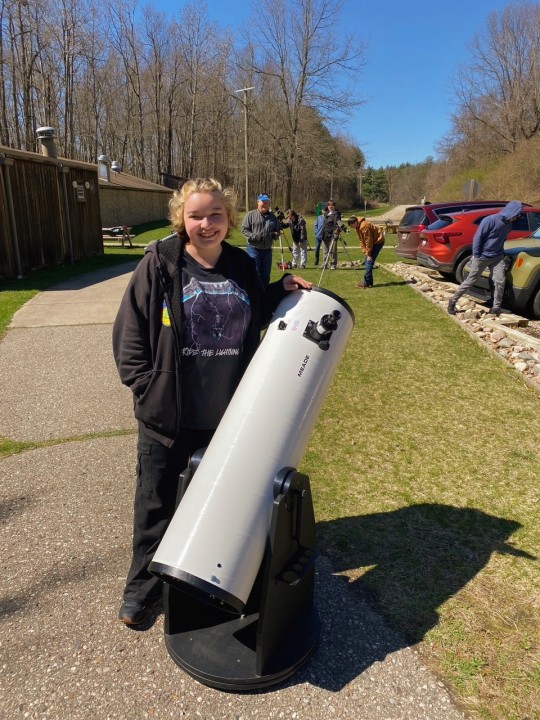#telescopes
Text

A New Image from NASA’s James Webb Telescope Captures Icy Uranus’s Elusive Rings and Extreme Conditions
595 notes
·
View notes
Text
The Solar System has some new lunar members—the first new moon of Uranus discovered in more than 20 years, and likely the smallest, as well as two new moons of Neptune, one of which is the faintest moon ever discovered by ground-based telescopes. The discoveries were announced today by the International Astronomical Union's Minor Planet Center.
“The three newly discovered moons are the faintest ever found around these two ice giant planets using ground-based telescopes,” explained Carnegie Science’s Scott S. Sheppard. “It took special image processing to reveal such faint objects.”
Continue Reading.
347 notes
·
View notes
Text
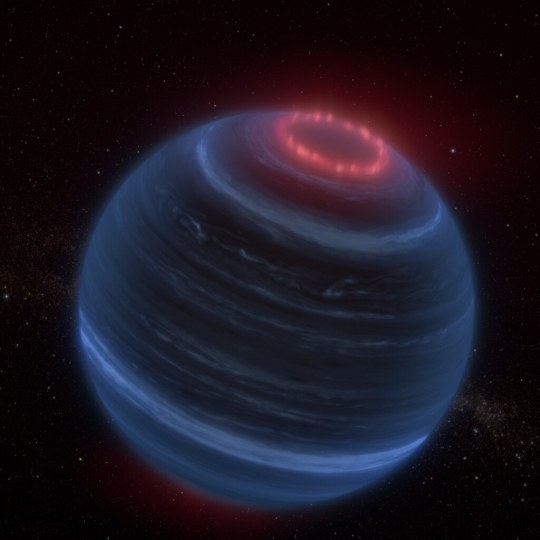
215 notes
·
View notes
Text

Napoleon observes the Battle of Aspern-Essling from the top of a tree on the Island of Lobau, 22 May 1809
by Jacques Onfroy de Bréville
#jacques onfroy de bréville#job#art#napoléon#napoleon#emperor#napoleon bonaparte#napoléon bonaparte#telescope#telescopes#napoleonic wars#battle of essling#battle of aspern essling#lobau#island#napoleonic#france#french#french empire#first french empire#europe#european#history
112 notes
·
View notes
Text

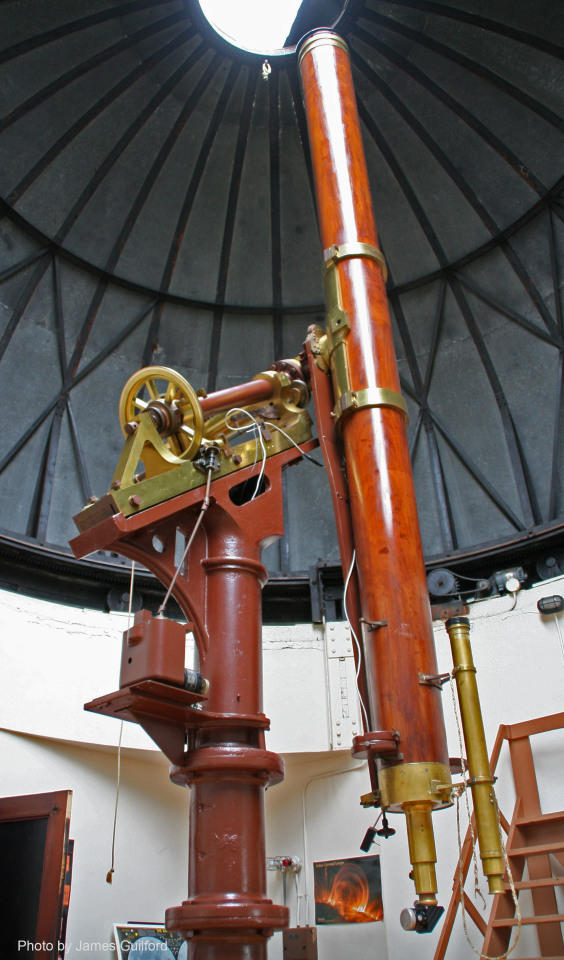
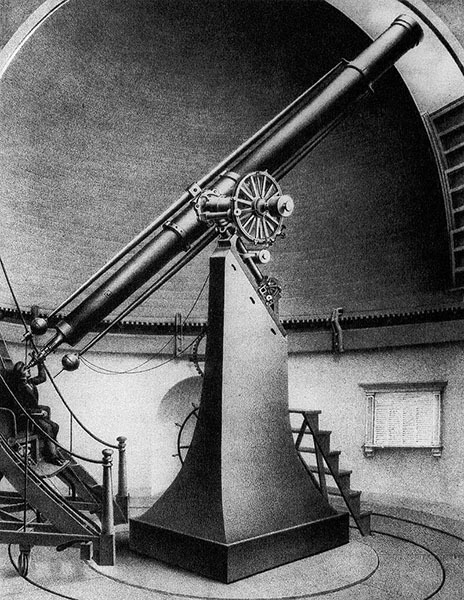
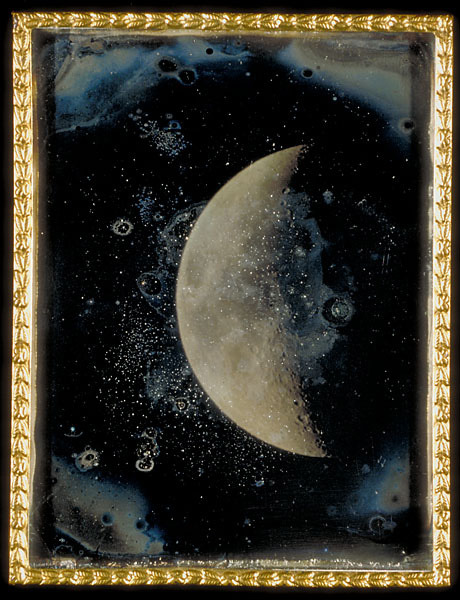
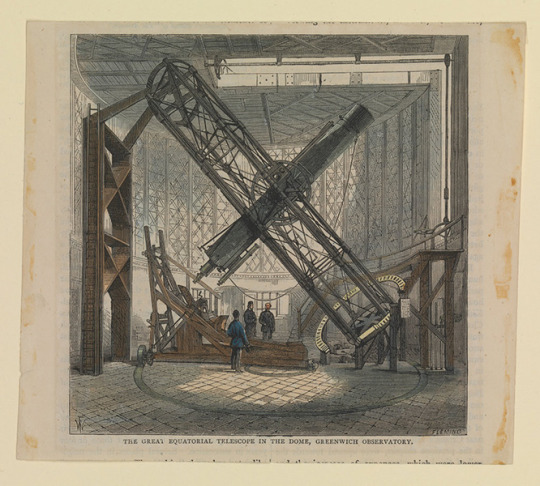

Georg Merz – Scientist of the Day
Georg Merz, a German optician and telescope builder, was born Jan. 26, 1793, in Bavaria.
read more...
#Georg Merz#astronomy#telescopes#histsci#histSTM#19th century#history of science#Ashworth#Scientist of the Day
93 notes
·
View notes
Text
2024 March 22

Phobos: Moon over Mars
Image Credit: NASA, ESA, Zolt Levay (STScI) - Acknowledgment: J.Bell (ASU) and M.Wolff (SSI)
Explanation: A tiny moon with a scary name, Phobos emerges from behind the Red Planet in this timelapse sequence from the Earth-orbiting Hubble Space Telescope. Over 22 minutes the 13 separate exposures were captured near the 2016 closest approach of Mars to planet Earth. Martians have to look to the west to watch Phobos rise, though. The small moon is closer to its parent planet than any other moon in the Solar System, about 3,700 miles (6,000 kilometers) above the Martian surface. It completes one orbit in just 7 hours and 39 minutes. That's faster than a Mars rotation, which corresponds to about 24 hours and 40 minutes. So on Mars, Phobos can be seen to rise above the western horizon 3 times a day. Still, Phobos is doomed.
#astronaut#astronomers#not astrology#star#stars#art#astronomy#outer space#space#artist#astrophysics#planet#planets#moon#Phobos#hubble space telescope#telescopes#Earth#Mars#Martian#solar system#martians#phobos is doomed#moon over mars
48 notes
·
View notes
Text

Five brass sea spy glasses with two extra eye pieces, 19th century
64 notes
·
View notes
Text

A High Energy Fleet - February 25th, 1996.
"Looking like a fleet of futuristic starcruisers poised over planet Earth, NASA's highly successful series of High Energy Astrophysical Observatory (HEAO) spacecraft appear above in a vintage illustration. Labeled A, B, and C in this conceptual picture, the spacebased telescopes were known as HEAO-1, HEAO-2, and HEAO-3 respectively. HEAO-1 and HEAO-2 were responsible for revealing to earthlings the wonders of the X-ray sky, discovering 1,000s of celestial sources of high-energy radiation. HEAO-2, also known as the Einstein Observatory, was launched near the date of the famous physicist's 100th birthday (November of 1978) and was the first large, fully imaging X-ray telescope in space. HEAO-3, the last in the series, was launched in 1979 and measured high energy cosmic-ray particles and gamma-rays."
#nasa#space#cosmos#universe#astronomy#astrophysics#astrophotography#spacecraft#telescopes#x rays#gamma rays
43 notes
·
View notes
Text


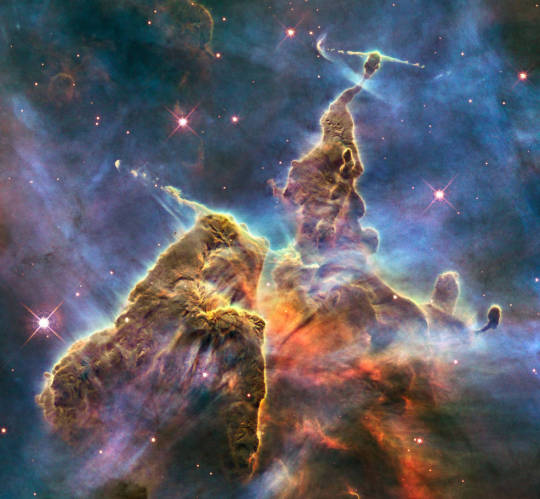
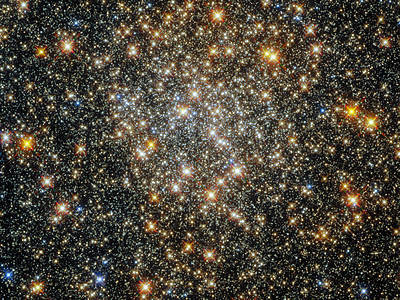
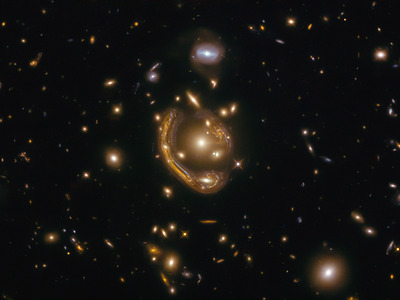
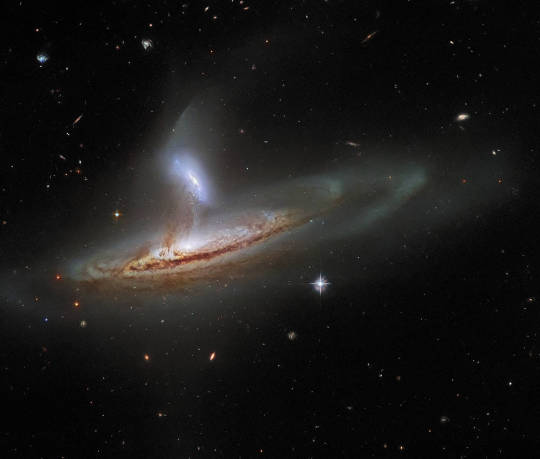
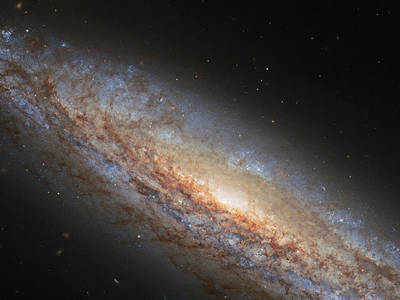
Happy 32nd Launch Day, Hubble!
Launched on April 24, 1990, the HST has been in operation for 32 years now -- more than twice its projected operational lifetime of 15 years! Originally scheduled for launch in 1983, it was delayed until 1986 because of engineering difficulties and was postponed again until 1990 after the loss of Challenger.
The Hubble telescope has revolutionized our understanding of not only our own galaxy but the origins of the universe itself.
Image source
#astronomy#telescopes#technology#science#nebula#galaxies#galaxy#gravitational lensing#globular cluster#stars#universe#early universe#hst#hubble space telescope#hubble#i was going to write more but then i ran out of steam oops#images were chosen because i thought they were pretty lmao no other reason#NASA#life the universe and everything
1K notes
·
View notes
Text
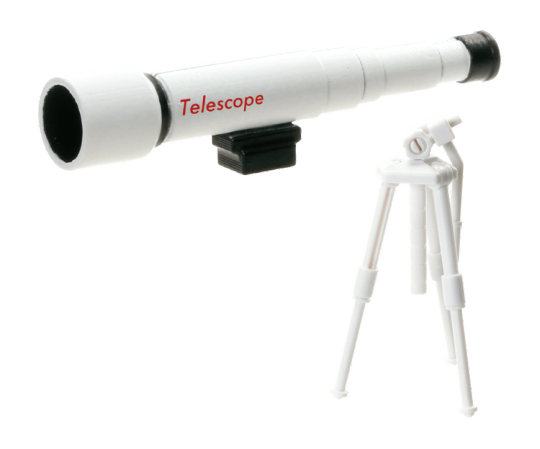

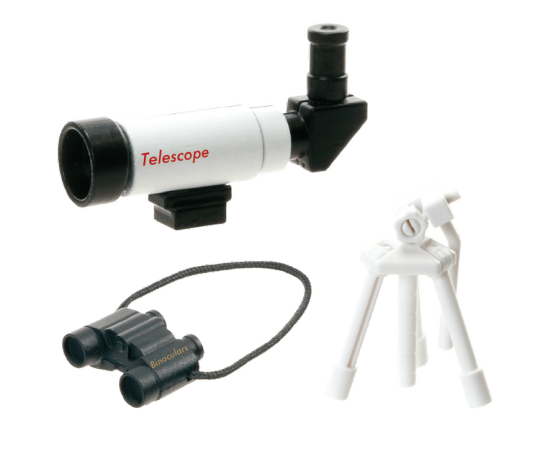

yubinori telescope (tarlin)
79 notes
·
View notes
Text
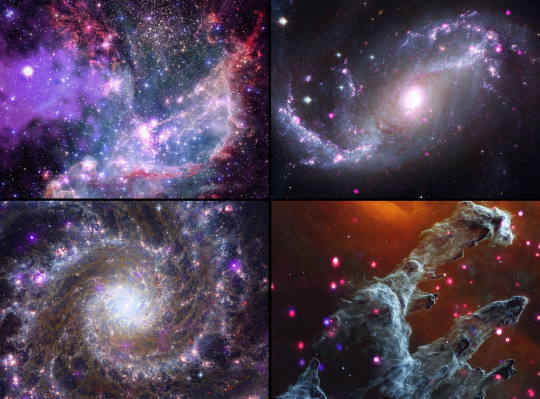

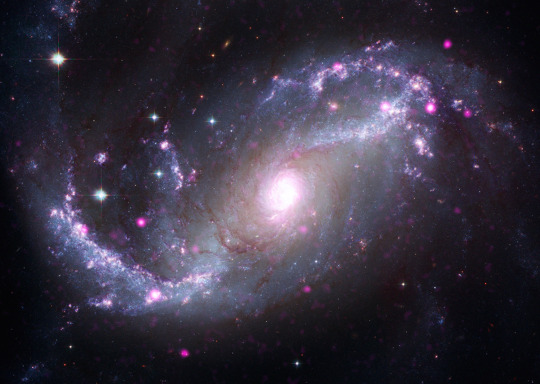
Composite Images From NASA’s Most Powerful Telescopes Reveal Mind-Boggling Details of the Cosmos
1K notes
·
View notes
Photo

Square Kilometre Array locations in South Africa and Australia, with partner countries
The Square Kilometre Array is an intergovernmental international radio telescope project being built in Australia and South Africa. The combining infrastructure, the Square Kilometre Array Observatory, and headquarters, are located at the Jodrell Bank Observatory in the United Kingdom.
61 notes
·
View notes
Text

Space: where nobody can hear you scream and vampires are virtually undetectable.
53 notes
·
View notes
Text
did some moonwatching tonight!



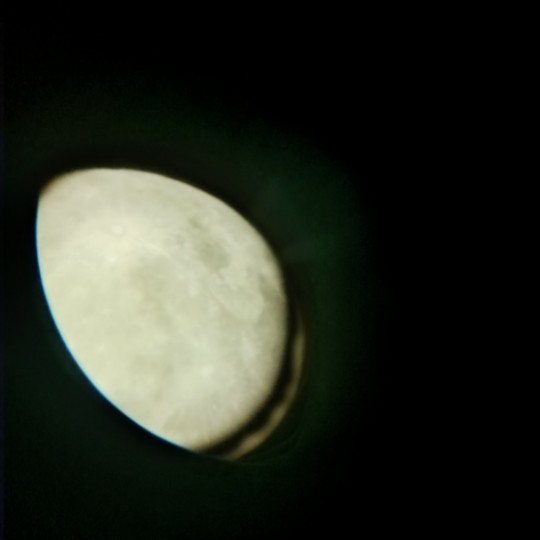
top two are edited (lowered brightness and exposure) while bottom two are unedited
[ I need to get so much better at astrophotography - just used my phone and a moon filter on my 25mm eyepiece to take photos ]
and some extra things..



my telescope (newtonian reflector), picture from me practicing aligning my finderscope on a house, and some hot cocoa :)
36 notes
·
View notes

